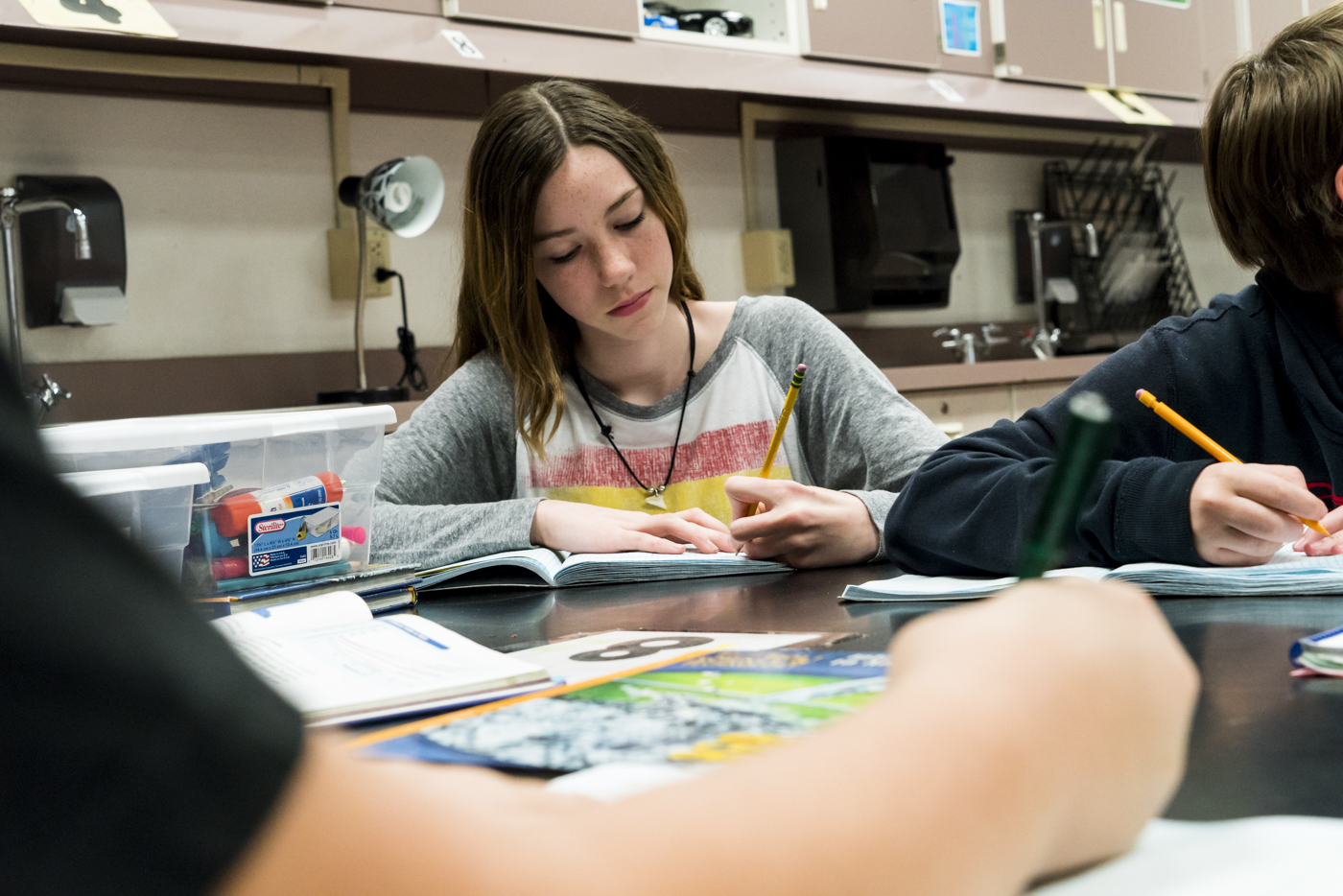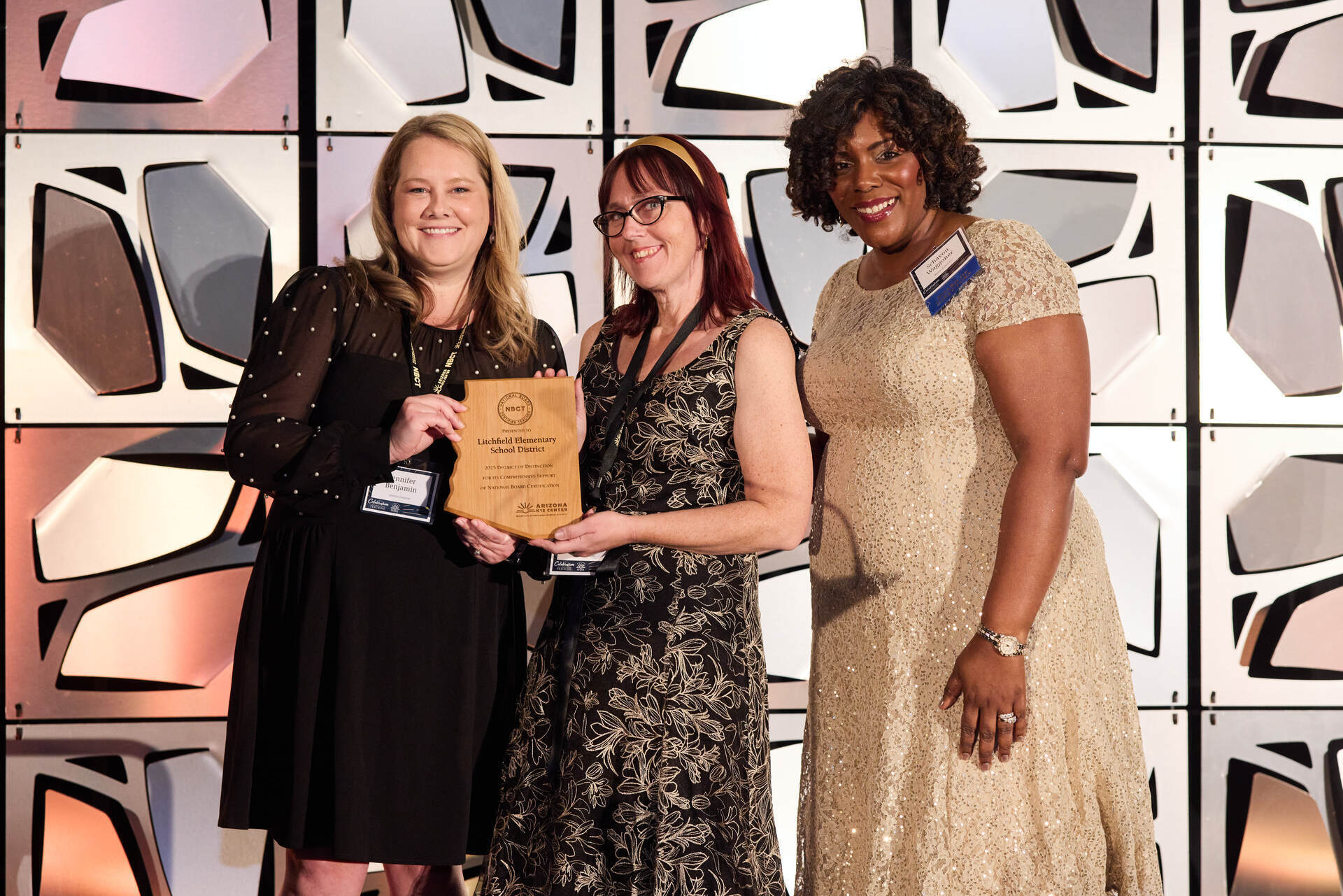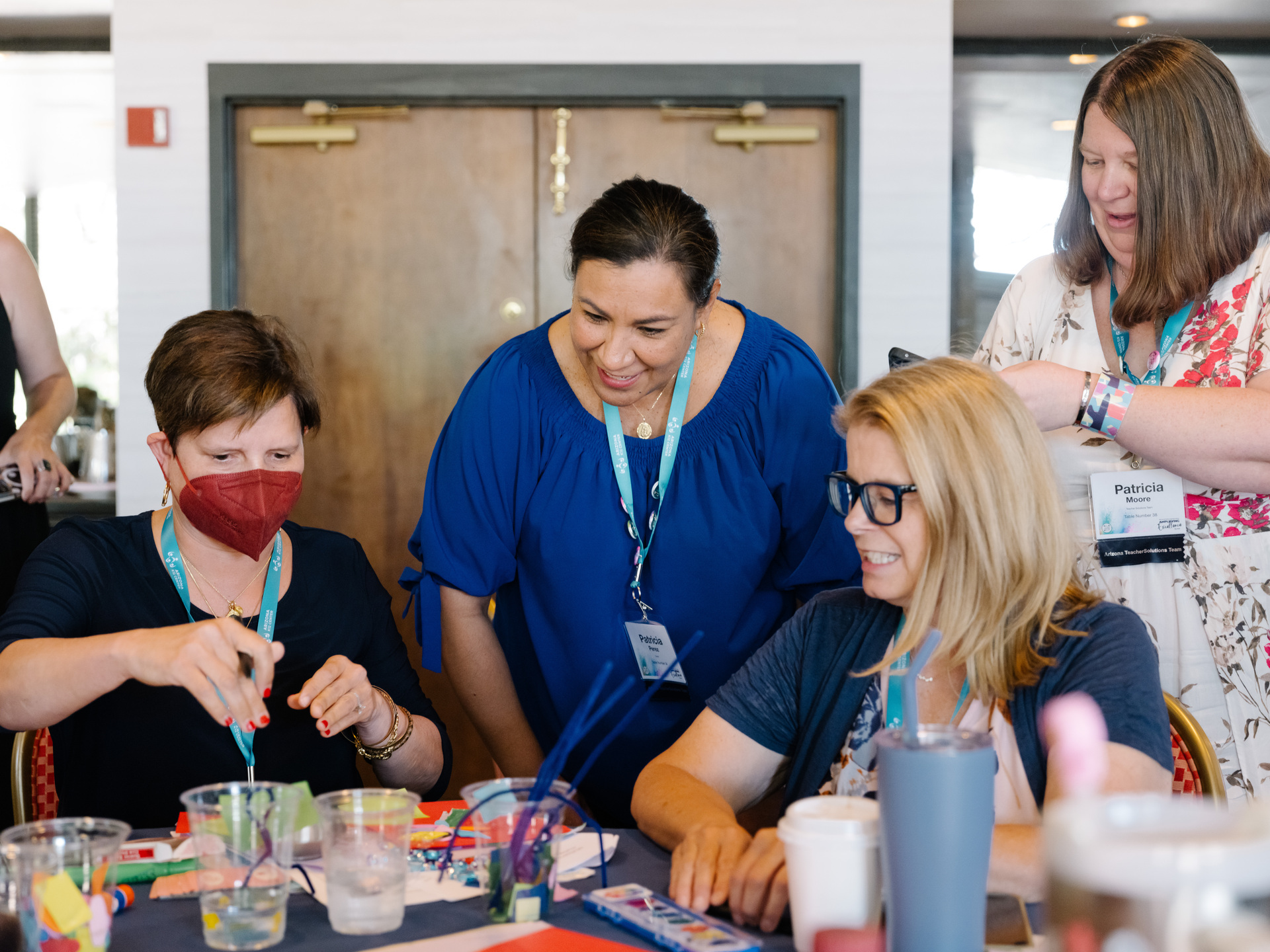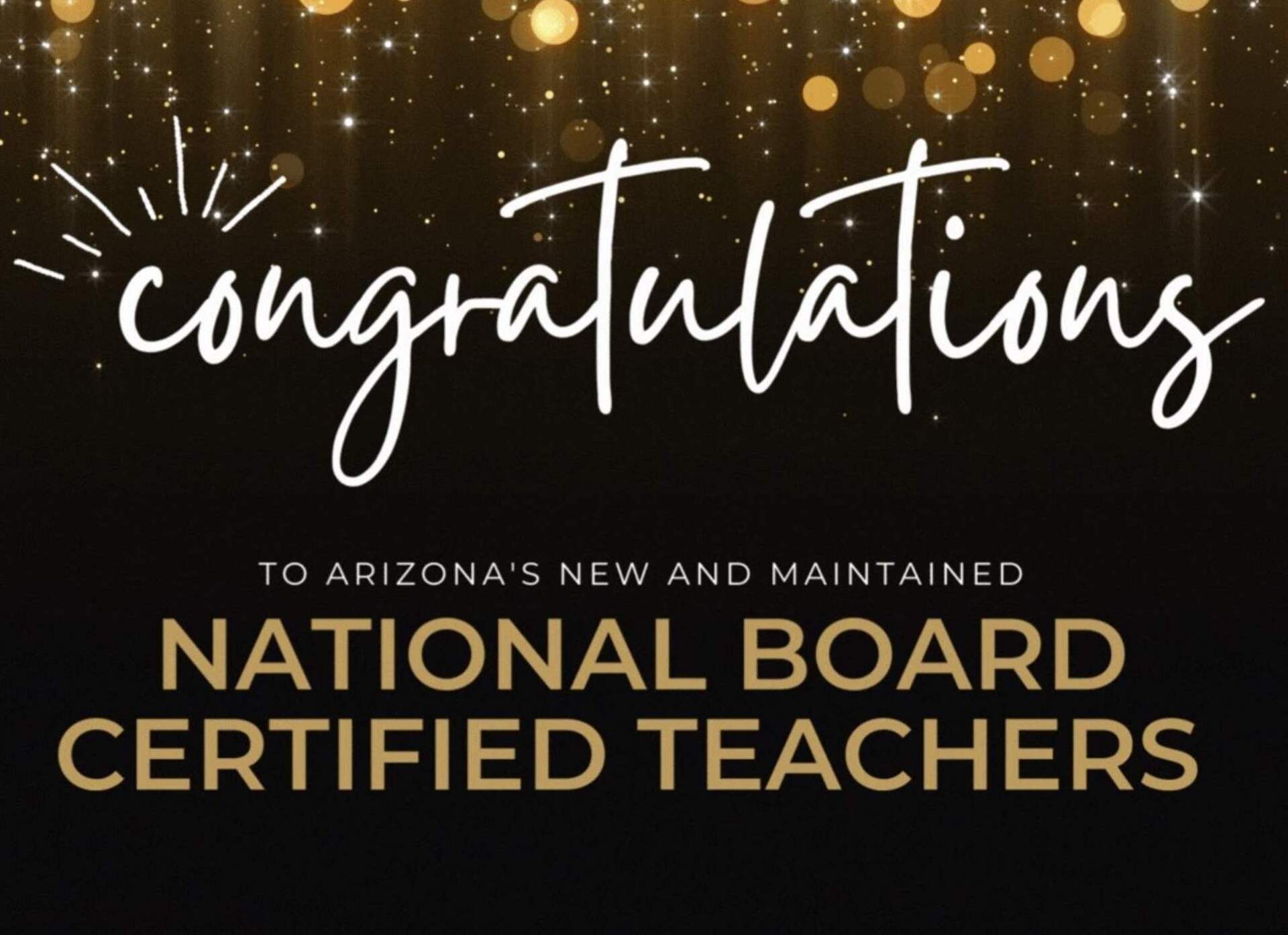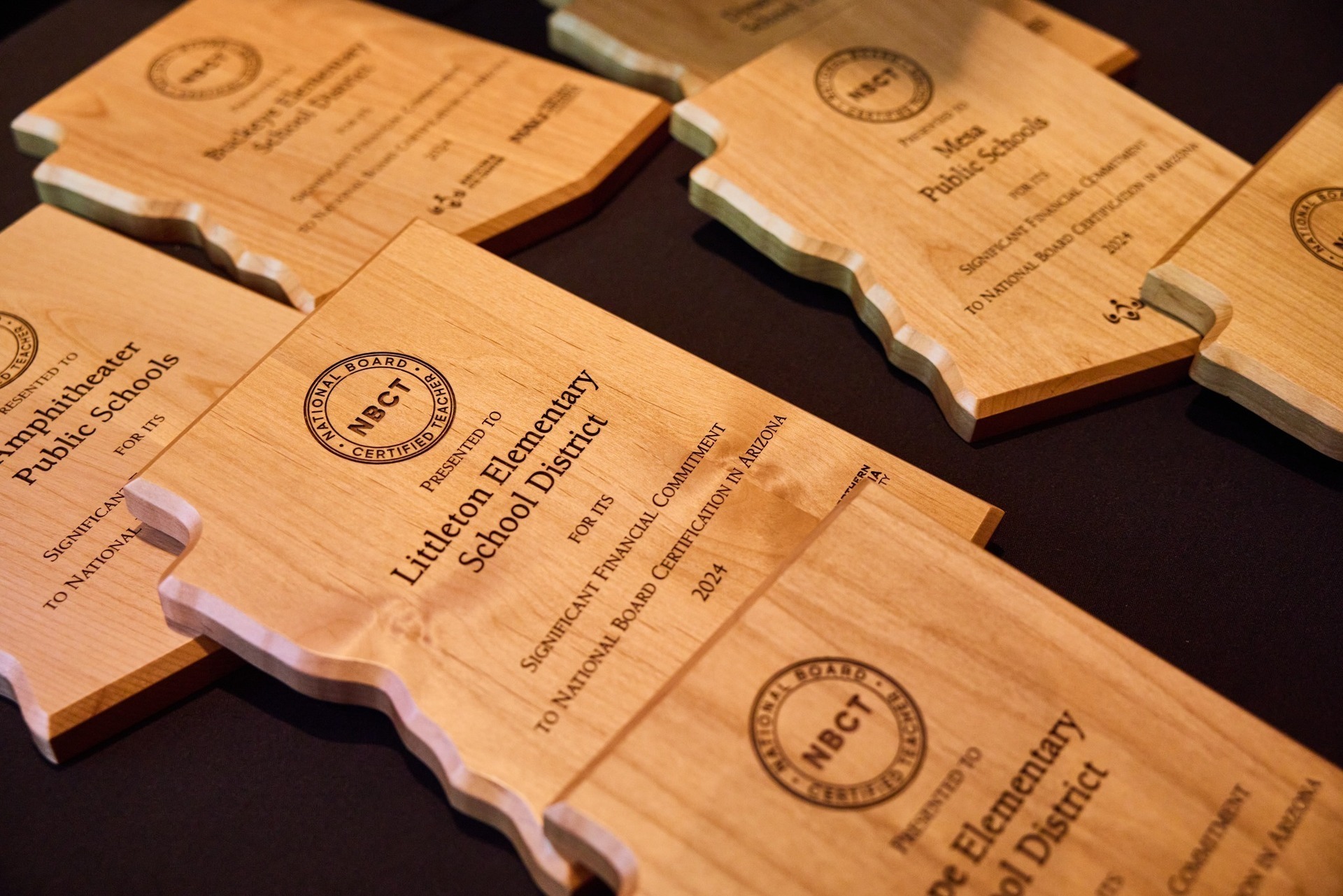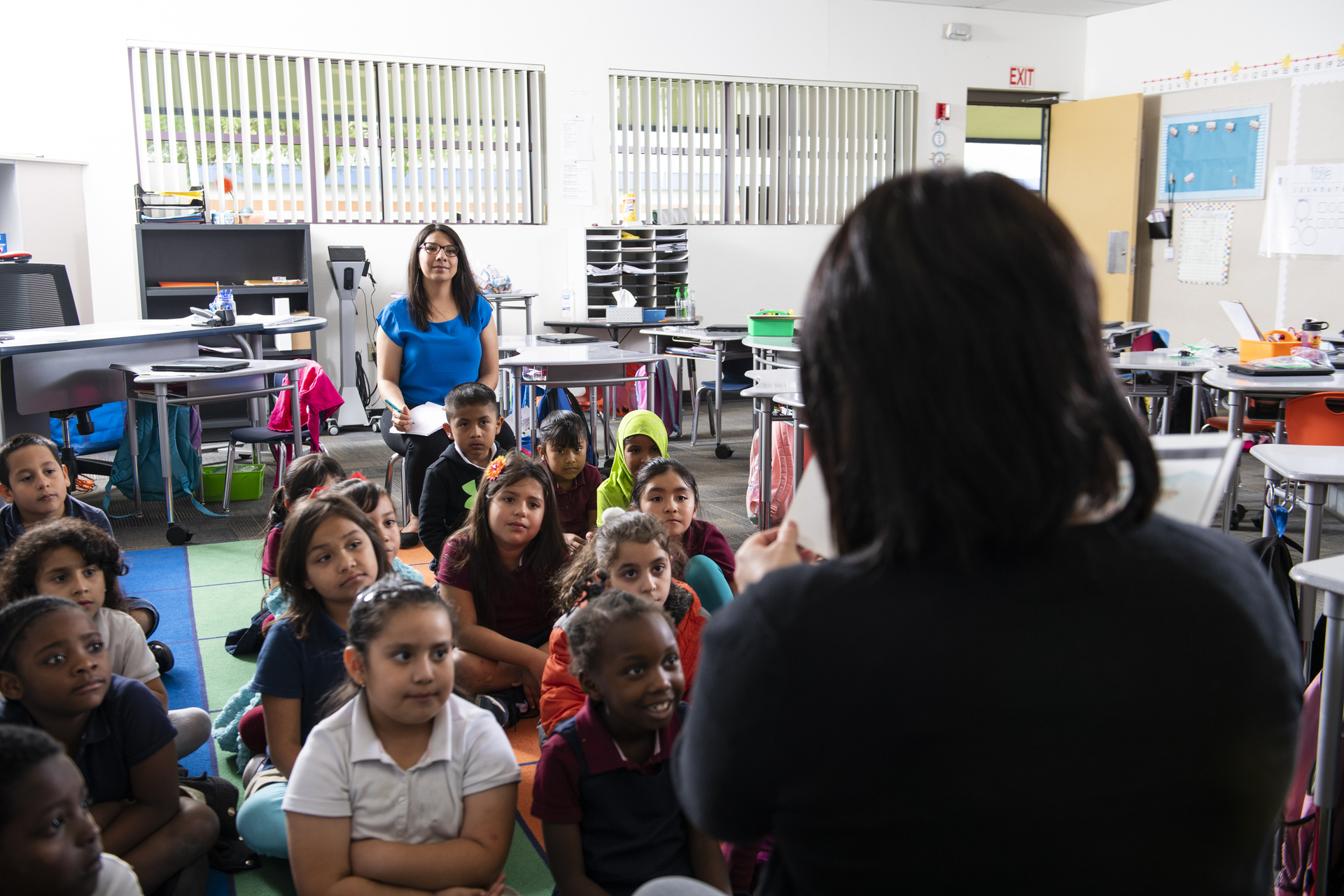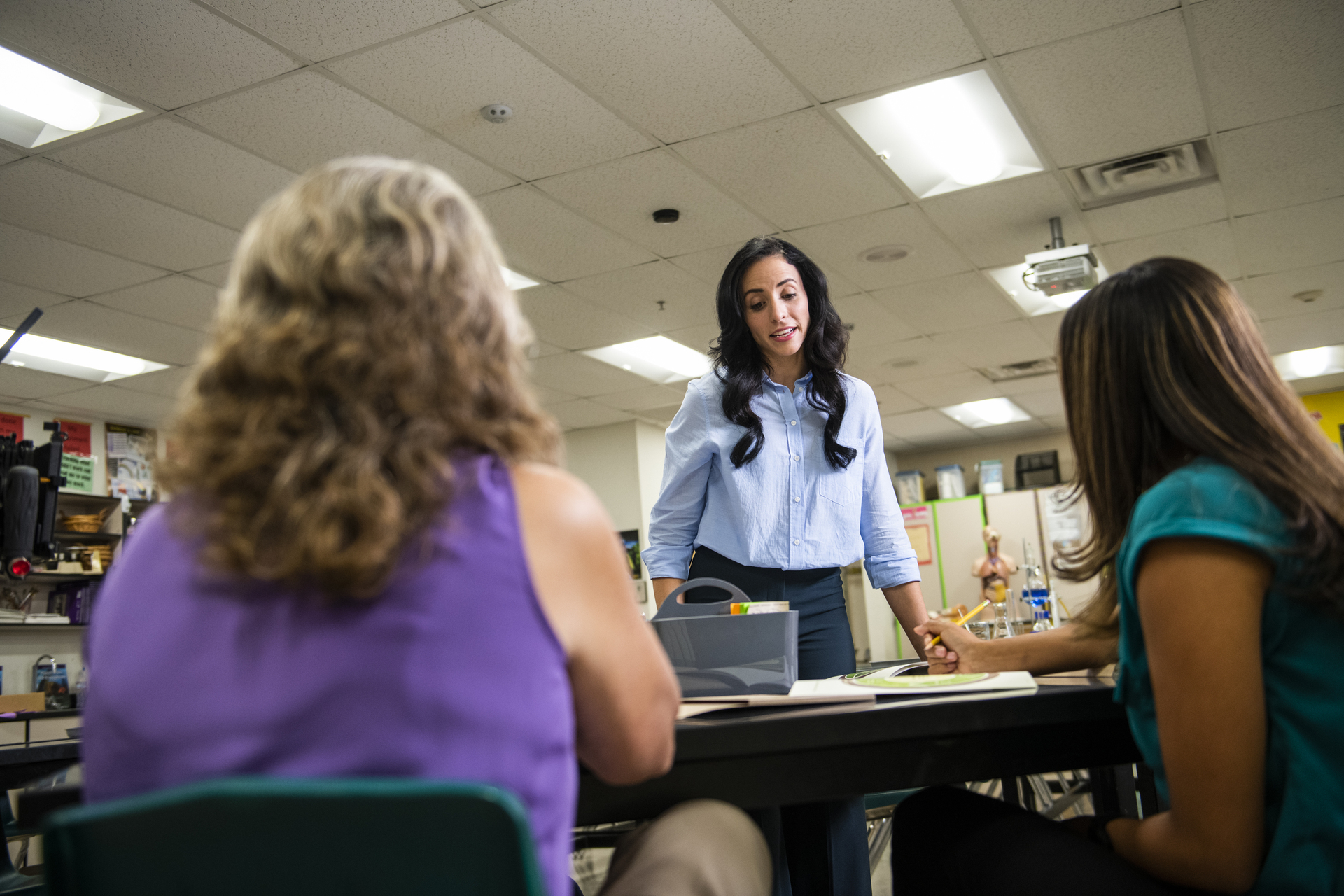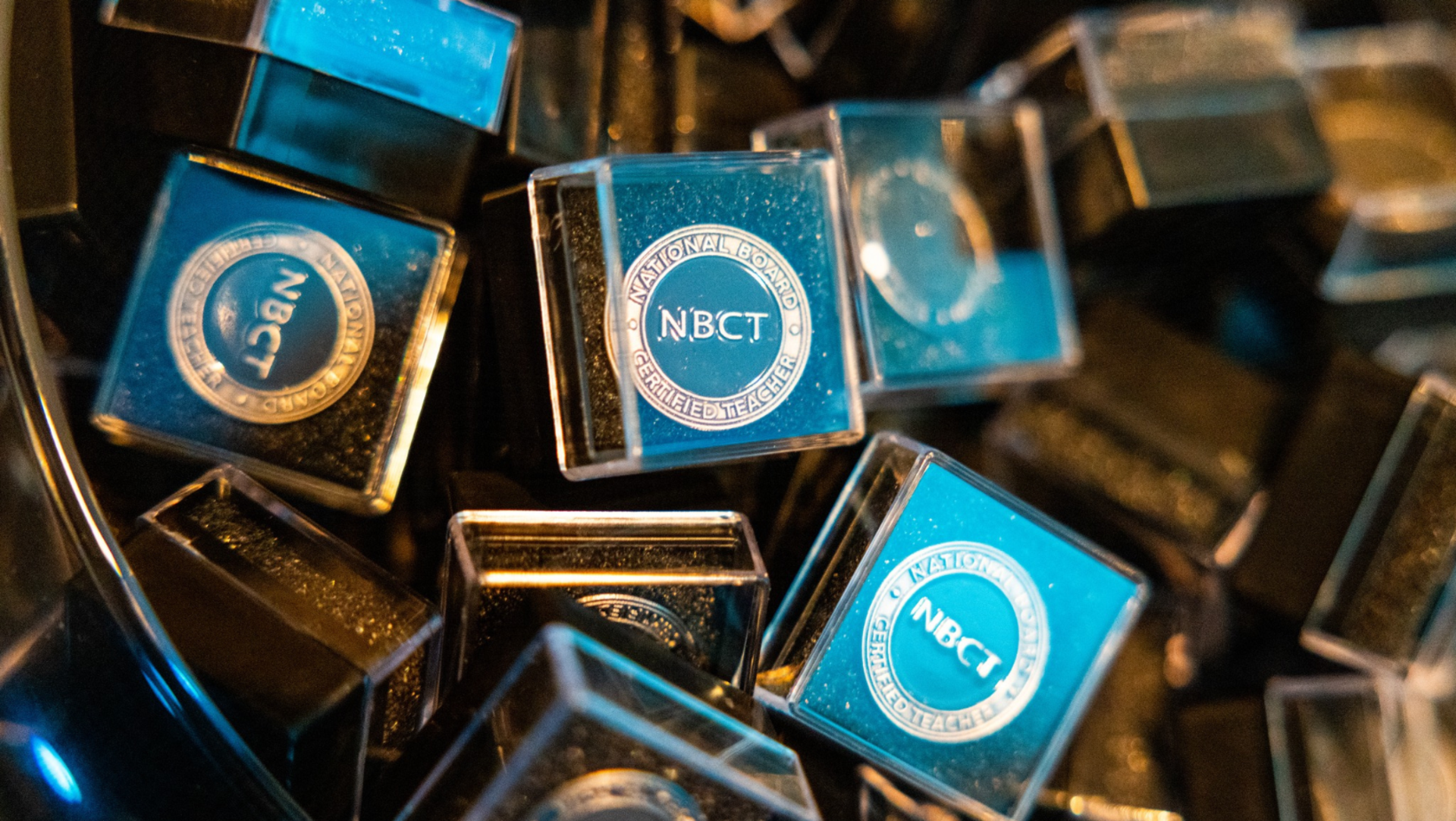November 16, 2017
10 Traits of a Group-worthy Task
They’re accountable. Relevant. Complex. And they won’t just help math teachers.
There isn’t a part of life that isn’t affected by mathematical understanding. Whether we are drawing connections, solving problems, or making new discoveries, deep comprehension is a necessity for success.
In anticipation of the Arizona K12 Center’s upcoming event Groupworthy: Connected Thinking in Mathematics, we caught up with Groupworthy leaders Kathy Eichhorst and Karie Lattimore. Both educators proudly represent the Tucson Unified School District, where Eichhorst is an inclusion specialist and Lattimore is a new teacher mentor.
Wondering how you can help your students deepen their math understanding? The two put their heads together to pique our interest.
The Top 10 Traits of a Group-worthy Task:
- Multiple entry points. All students should have access to solving and learning from the problem, regardless of their current mathematics understanding.
- Multiple perspectives. Student groups are encouraged to develop their own strategies for solving problems.
- Multiple representations. The problem may be open-ended with more than one correct solution, and students may use a variety of end products to explain their mathematical understanding.
- Accountability. Individual and group accountability are key to engaging students in the task and assessing student learning.
- Relevancy. Problems posed must be meaningful for student motivation and application of content knowledge.
- Complexity. The problem requires students to pool their knowledge of prior learning to explore new concepts.
- Discipline-based content. The mathematical concepts necessary to solve the problem should address rigorous mathematical content.
- Collaboration. All members of the group must participate in the interpretation, problem solving, and communication of ideas.
- Clear evaluation criteria. Students must know what is required of them in terms of content understanding and group responsibility.
- Multi-layered components. The task is not routine and does not allow for a quick solution. Rather, it should support connected thinking throughout the task.
It’s clear why we couldn’t be more pumped to get our hands and minds working with Groupworthy. And this won’t just help teachers in math. “I love this approach to learning in general, not just in mathematics, because it encourages community and equality in the classroom,” Lattimore says.
Eichhorst’s favorite part of this approach? “All students are involved with the deep understanding of mathematical concepts, regardless of their strengths and needs.”
This is one tool we will happily make room for in our toolbox. To learn more about this and other exciting upcoming Arizona K12 Center events, head this way.
